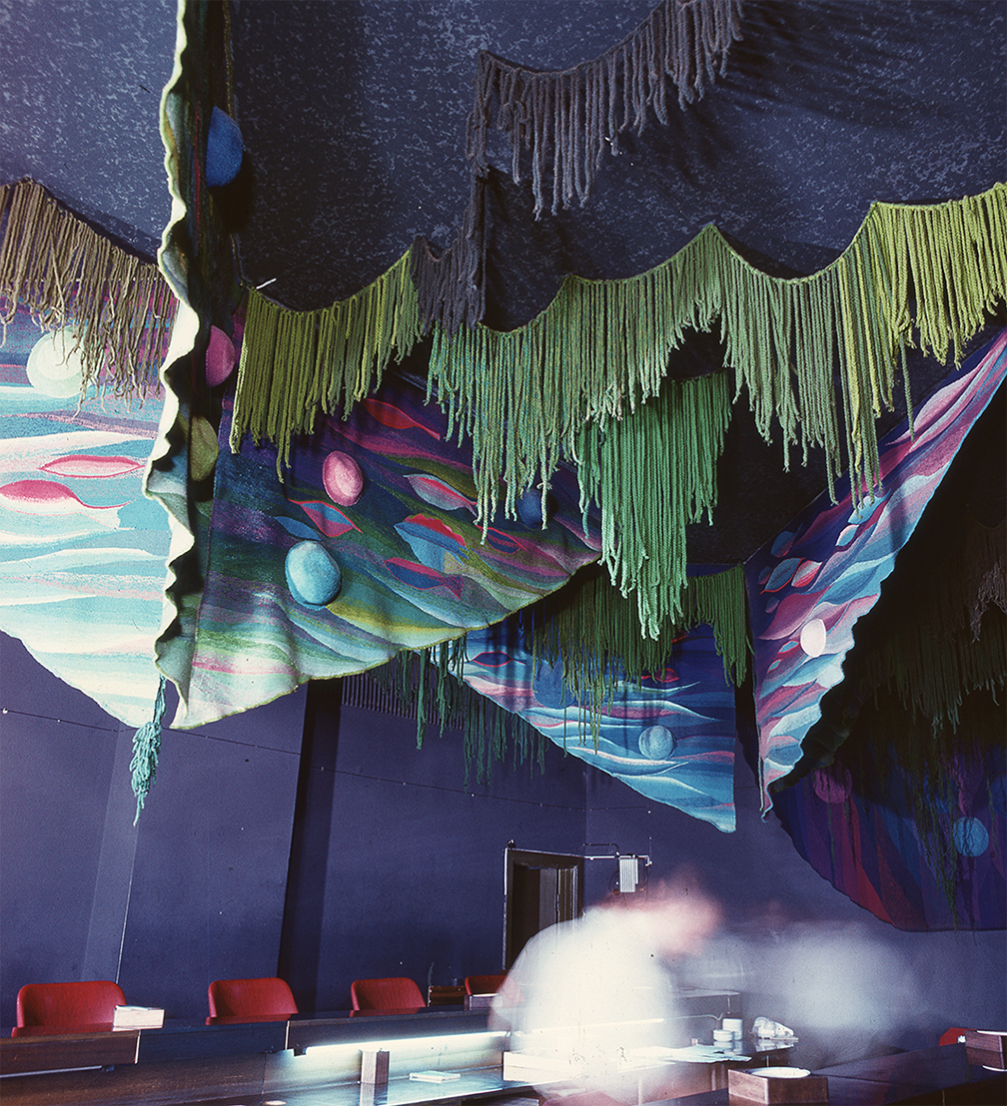
From November 3 to January 15, 2017, the Museum of Decorative Arts and Design will host the exhibition «The Seventies. Utility of Beauty». The exhibits for this display have been selected from museum’s Textile and Ceramic Art collections and will be supplemented with historical photo and video materials.
The exhibition «The Seventies. Utility of Beauty» at the Museum of Decorative Arts and Design (MDAD) demonstrates the most essential trends in the development of Latvian applied arts in the 1970s. This period of time is characterized by a new upcoming formal artistic direction, when aesthetic value prevailed over governing functionality indicative of the 1960s. Functionality was more or less rejected and replaced by aesthetic qualities accentuating decorativeness of art, as well as the rich and diverse imagery embodied in the artworks. Artists searched and found inspiration in nature studies, travel notes, cosmic visions, and excursuses in cultural history.
The themes selected by artists and the emotional rendering of them through the artworks show an obvious trend of the time — applied art is gradually coming closer to the basic principles of fine art and manifests its potential to transcend disciplinary boundaries. Opposite to fine art that was acting under ideological restrictions, applied art served as an option for artists to speak in the language of contemporary art by creating abstract compositions and sculpturally built objects. At the same time innovative application of materials and experimentation with techniques and three dimensional structures came to the fore.
Textile artists were fascinated by the idea of tapestry as a means for organizing the space and this desire materialized into life — textiles in three dimensions were created. Alongside application of classical weaving techniques one artwork in itself could combine also various handicraft techniques such as embroidery, knotting, knitting, crochet, applique, and individual techniques elaborated out by the artists themselves. Textile art experienced the influx of new, unconventional materials to weaving such as sisal, synthetics, string, rope, and metallized threads.
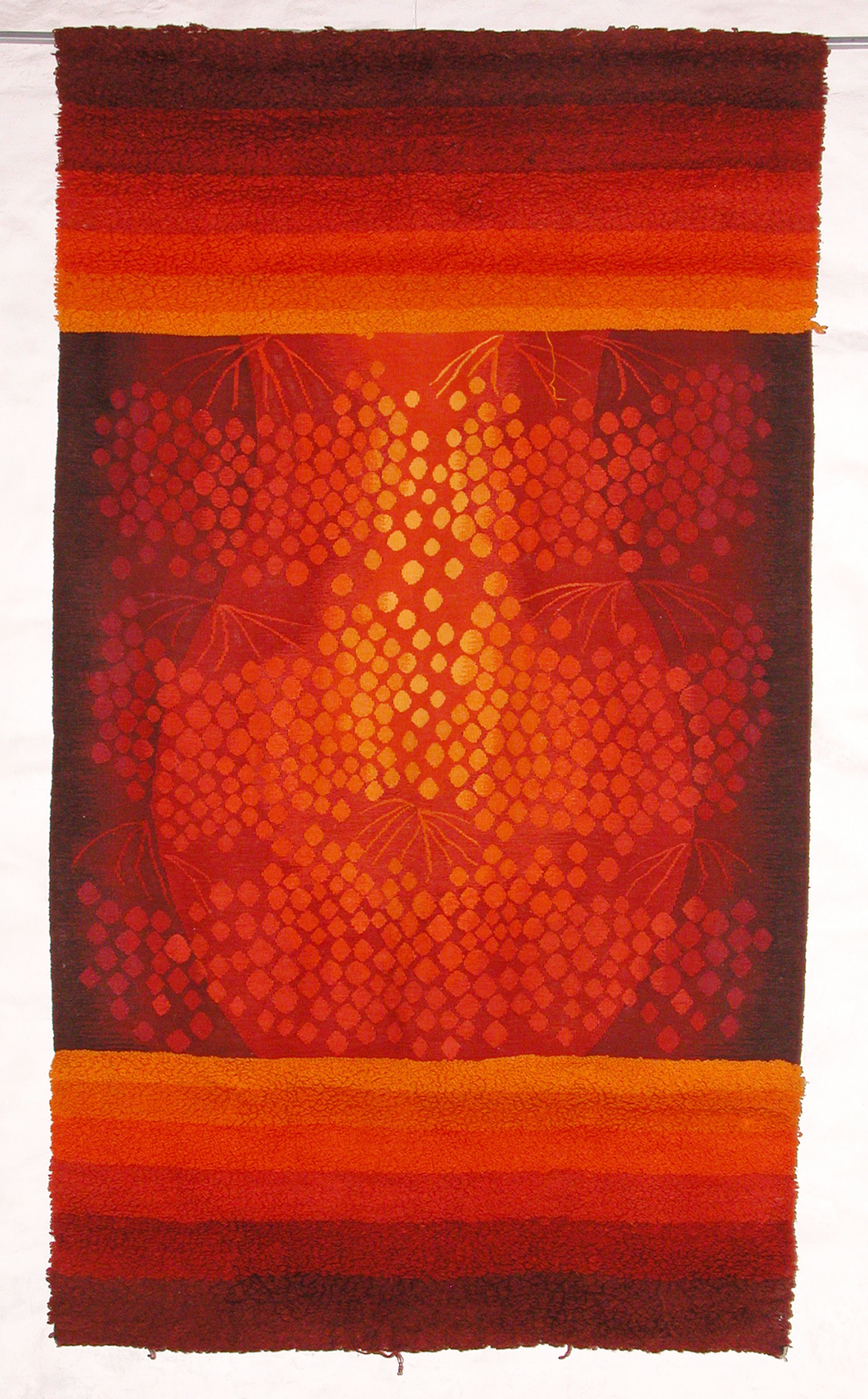
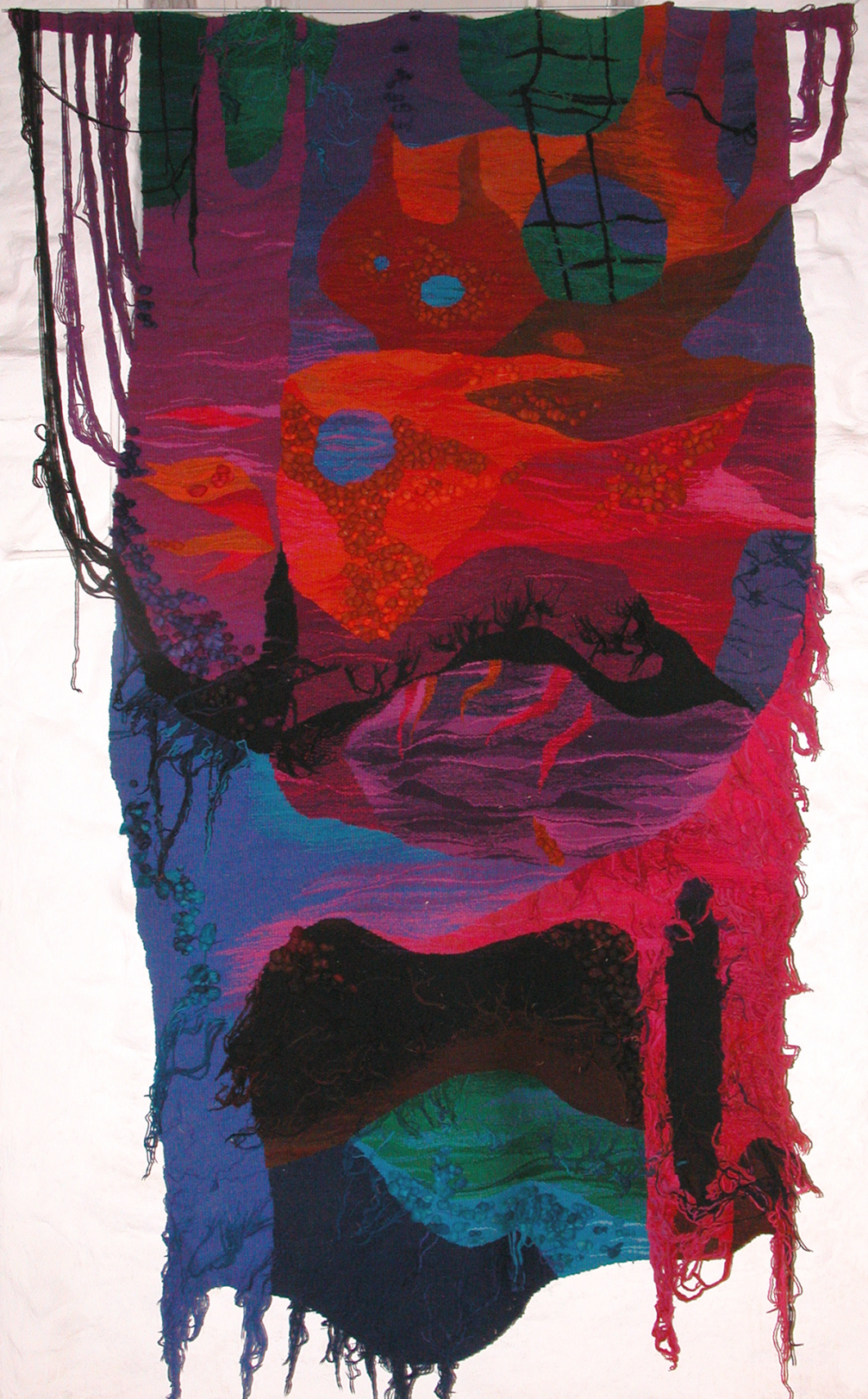
Also ceramicists started to operate with both — architectural and sculptural forms and used painting and graphic techniques. Artistic and decorative values of ceramic materials were re–considered and tested for new, innovative ways of application. The new approach to ceramic design was manifested through the so–called «mobile groups», which allowed artists to play with multi-shaped and decorated structural elements arranged within the frames of an ensemble. Landscape pottery became very popular and proved its sustainability during the 1970s with five regularly, acclaimed exhibitions in the Riga Dome churchyard and the Botanical garden in Sigulda.
Architects and interior designers assessed the new trends in applied arts, too. The 1970s was the decade which highlighted the fruitful cooperation among architects, interior designers, ceramicists and textile artists that lead to the creation modern interiors and outdoor public spaces. This interaction resulted into a number of mutual projects with textile compositions and ceramic objects incorporated into interiors where they either served as integral elements creating special atmospheres or played the role of artistically vivid accents.
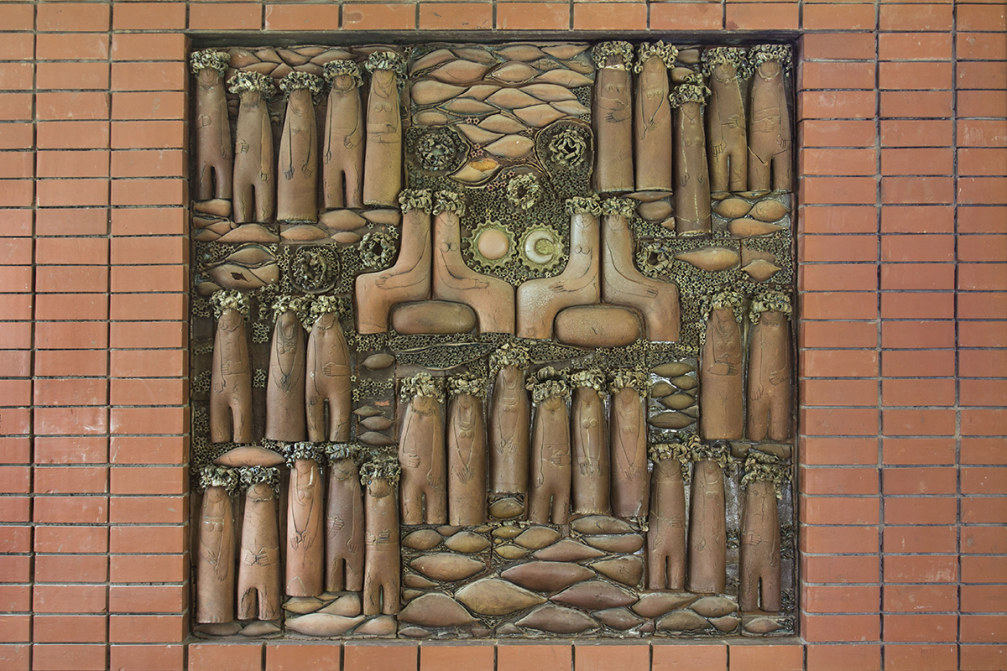
Despite the fact that the rapid democratic transformation of the 1960s, the so–called «Khruschev thaw» was already over, artists maintained and pursued professional experience exchanges with colleagues abroad and particularly with artists from socialist countries. Of special importance in this respect were the international symposiums for textile art and ceramics organized at Dzintari Artists House in Jūrmala that undoubtedly had a great impact upon the advancement of both fields. Textile and ceramic works created by Latvian artists were included in international applied arts shows.
The exhibits for this display were selected from the Textile and Ceramic Art collections belonging to the MDAD. To gain a broader view of the 1970s, the exhibition is supplemented with photo and video material from the Latvian State Archive of Audiovisual Documents and artists’ private archives. Selection of posters loaned from the National Library of Latvia helps to characterize the vivid graphic language of the time. The curators of the exhibition are Rūta Rinka and Dace Ļaviņa, while the exhibition designer is Andris Vītoliņš.
The exhibition will be on show at the Museum of Decorative Arts and Design, Skārņu iela 10/20, Riga. More information can be found on the MDAD homepage.
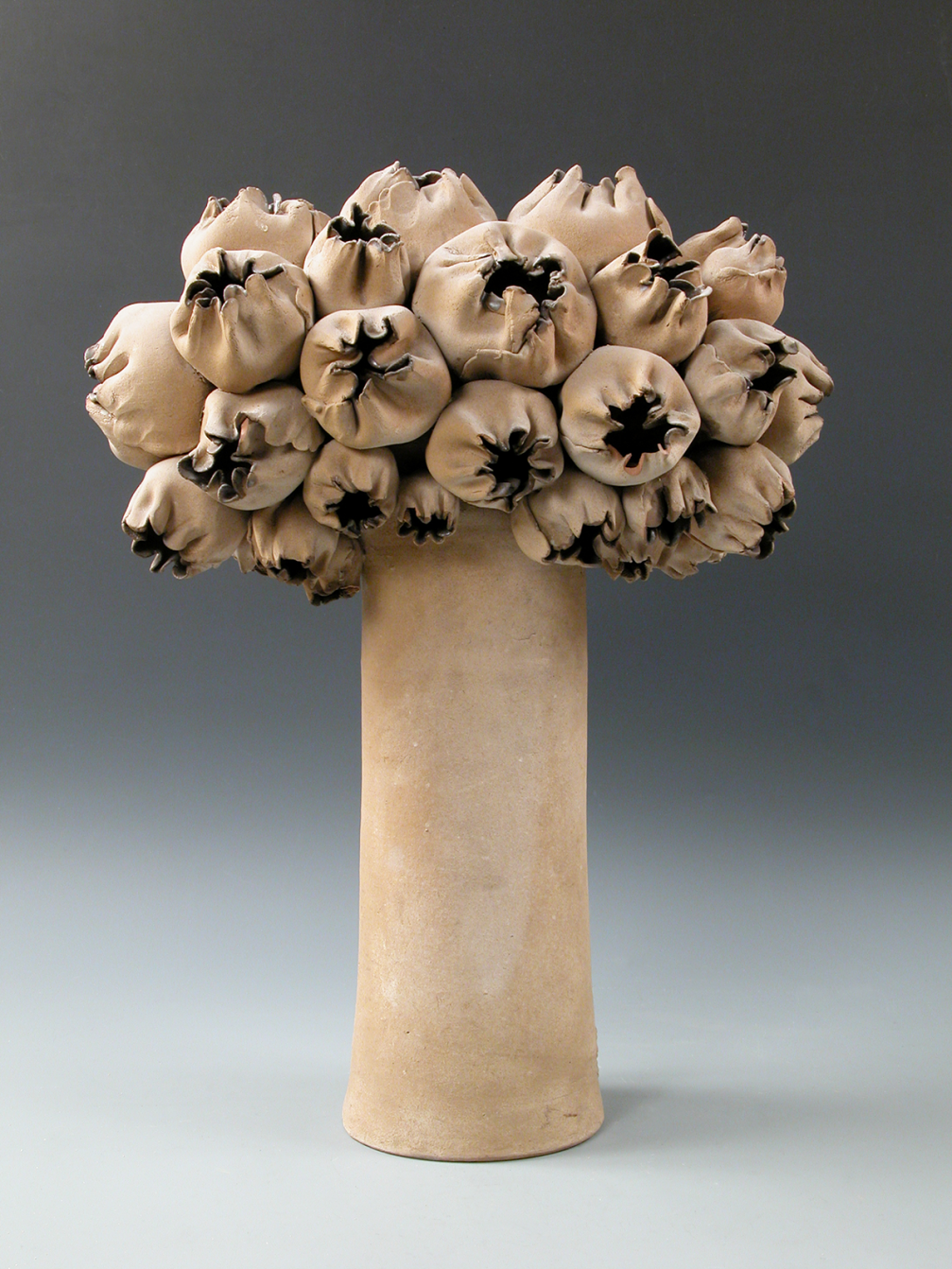
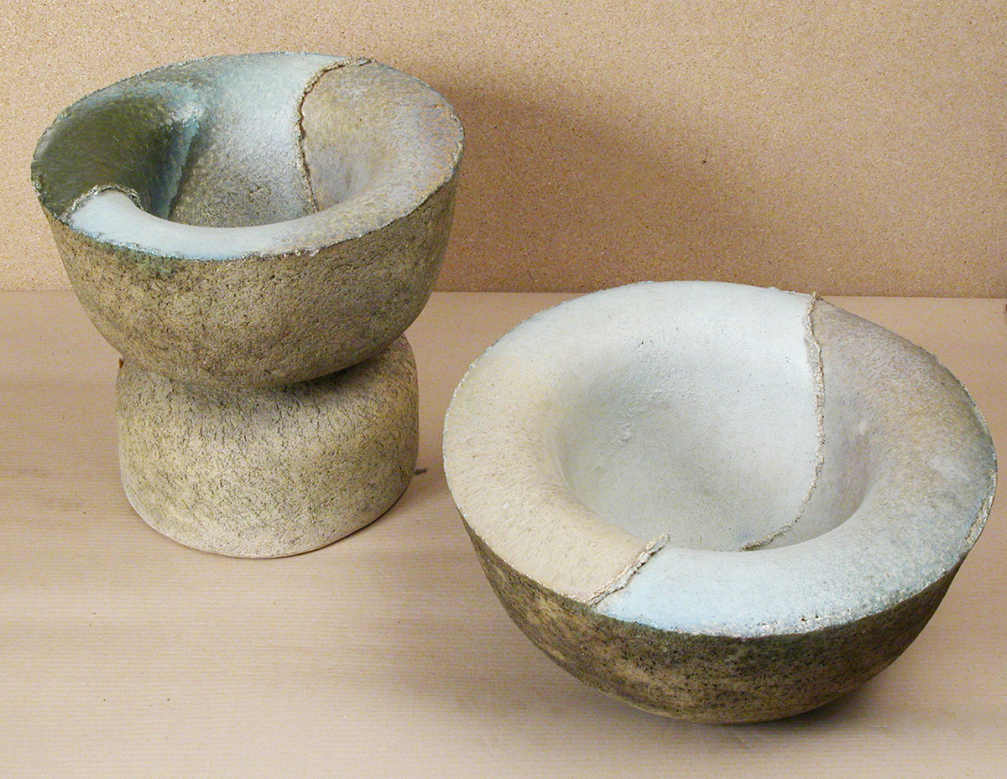
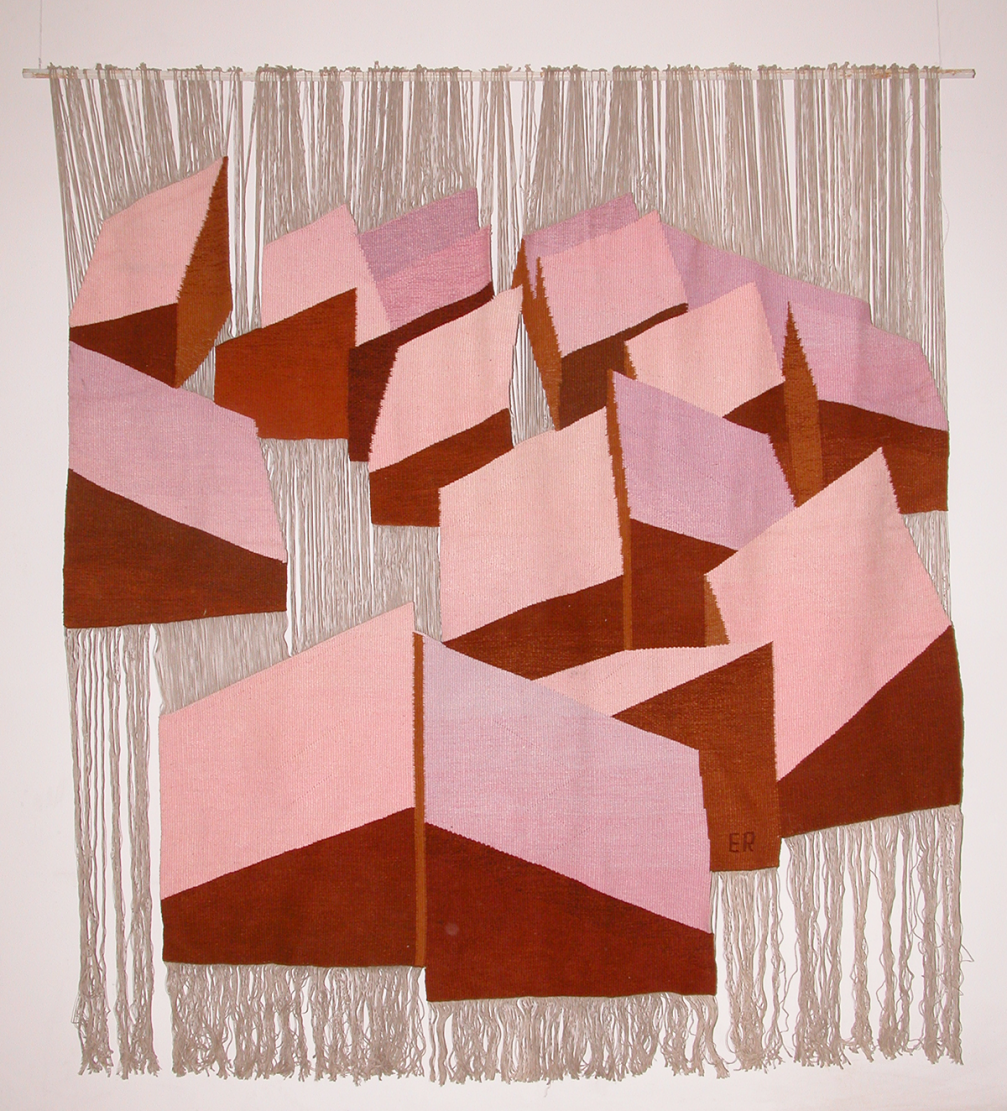
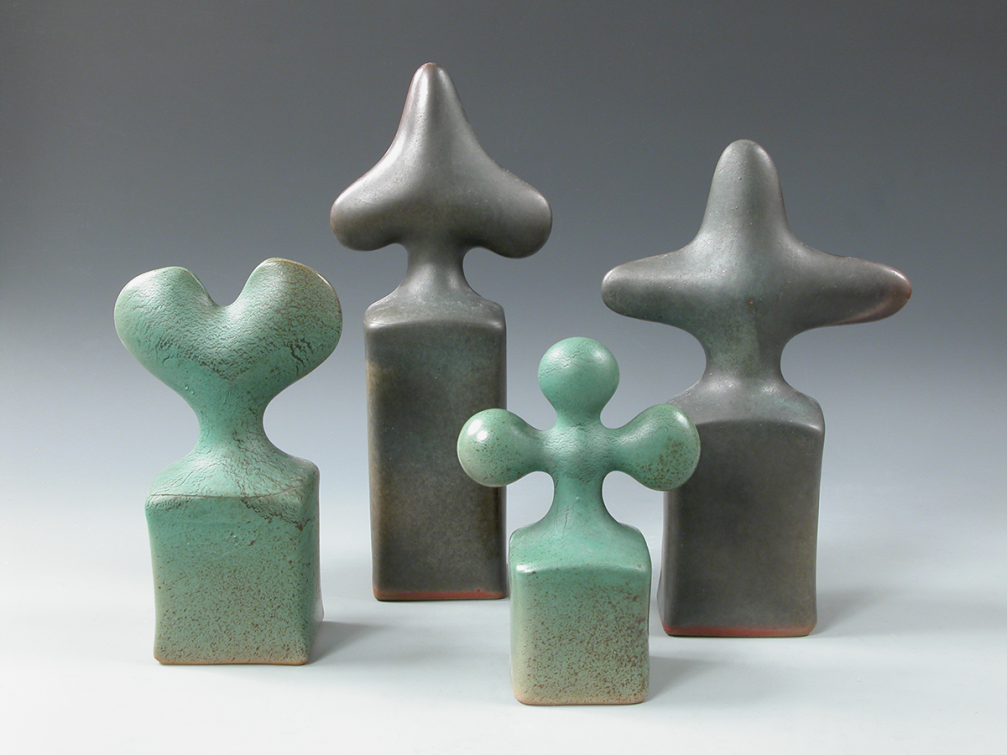
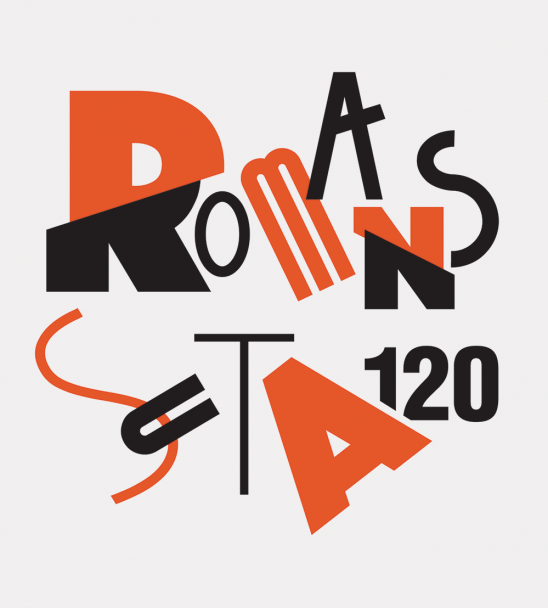
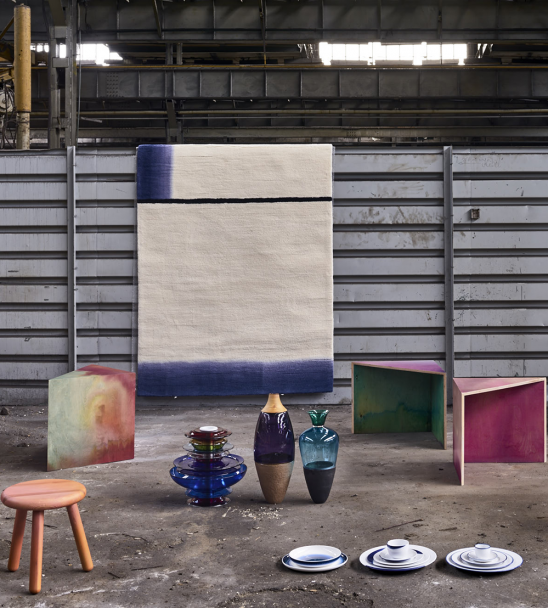
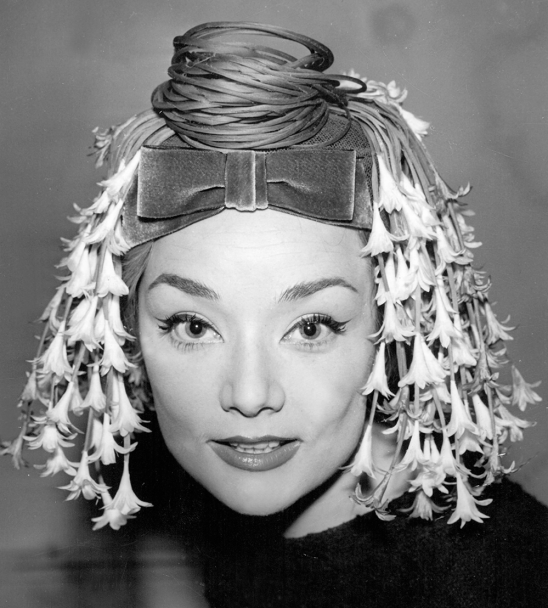
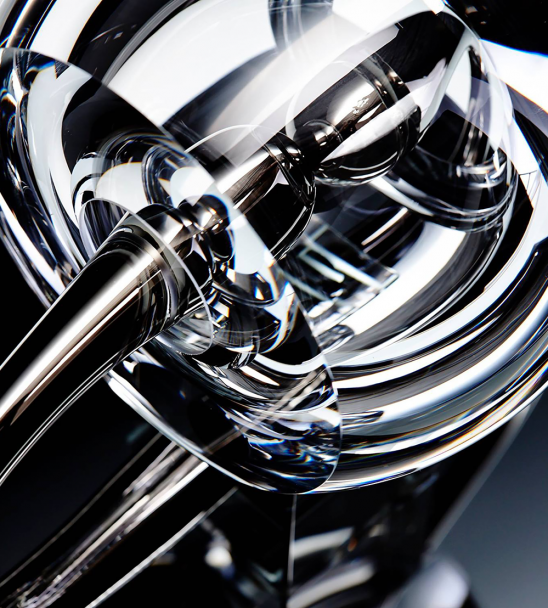
Viedokļi